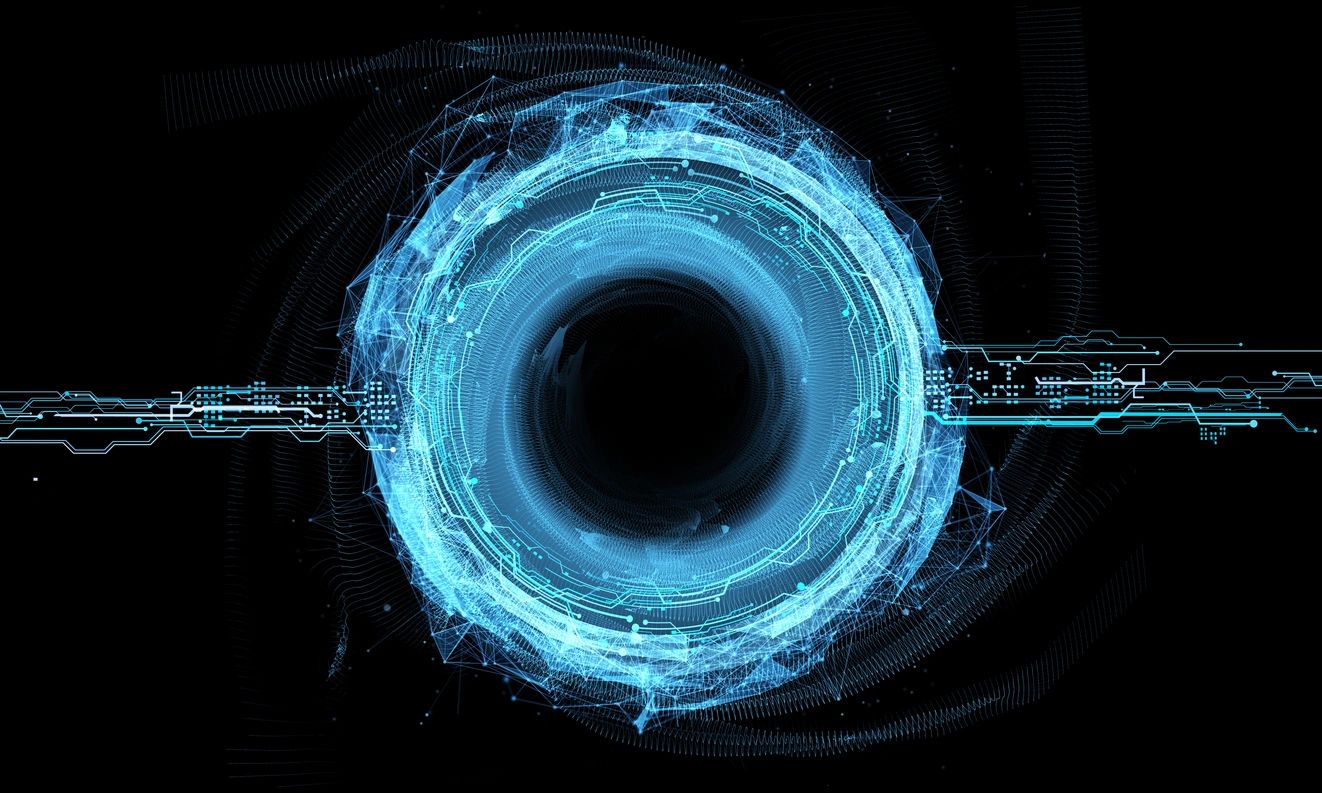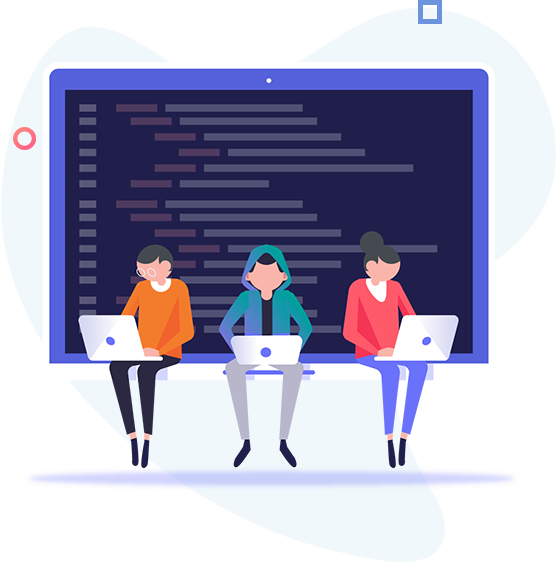Artificial intelligence has bloomed into existence during this decade. It has boosted productivity, efficiency, and growth. Without artificial intelligence we couldn’t have Face IDs, fraud detection, or even travel navigation. With that being said, as companies take more time to research this newly developing technology they have made extensive progress in adaptive AI systems. Research shows that data seems to be moving in favor of Adaptive AI Systems. Keep reading to find out why.
What are Adaptive AI Systems?
The problem with traditional AI is the inability to learn from the data it receives. As the name suggests, Adaptive AI systems are adapting to new information. It takes in data continuously and uses that data continuously. It adapts to changing environments and shifts with market behavior. This cycle helps the framework be constantly updated, allowing for high performing activities.
How are Adaptive AI Systems created?
It uses Machine Learning, a type of pattern recognition process that allows this system to understand what it takes in. Sort of how humans learn math. They see the pattern of how to do the problem and do it over and over until they understand the topic. By looking at the patterns of data, it allows the system to look at the environment and adapt to it instinctively. As it gets new data over time, it starts moving through this adaptive AI System. It cycles through a process: automated data preparation, model and strategy redevelopment, model and strategy and review, and push button deployment leading it to the decision platform. This creates a self updating, fully automated cycle. You don’t need to build a static model rather this changing automated system allows us to have a clean feedback loop.
What are the advantages of Adaptive AI Systems?
- Traditional AI needs human intervention to make these changes while an Adaptive system doesn’t. What takes a human months to do a machine can do in a fraction of a second. This makes a huge difference in productivity levels and the output a company can produce.
- Adaptive Systems can fit into any situation. Let’s give learning as an example. Say you want to learn math and you go on a website that tracks how you do and makes the questions harder/easier depending on your performance. Well this is done by adaptive AI systems. Through learning your data and responses, this system can take into account your progress and make a learning experience that is unique for you.
- This system continues to perform at higher levels compared to Traditional AI systems.
What are the disadvantages of Adaptive AI systems?
- With any AI system, it can lack creativity and originality. It is best to understand that with an automated and computer organized system there will be a lack of creativity alongside it.
- Adaptive AI can be quite expensive to start up. The initial investment can be substantial making this a tough financial decision for businesses.
With Adaptive AI systems, businesses can help create their productivity levels and output. With its ability to change according to its environment, adaptive AI systems are becoming highly useful for data collection. Next time you witness data adapting to your circumstance or seeing an awfully good customer service robot make sure you give credit to Adaptive AI. Adaptive AI Systems can help your company.


